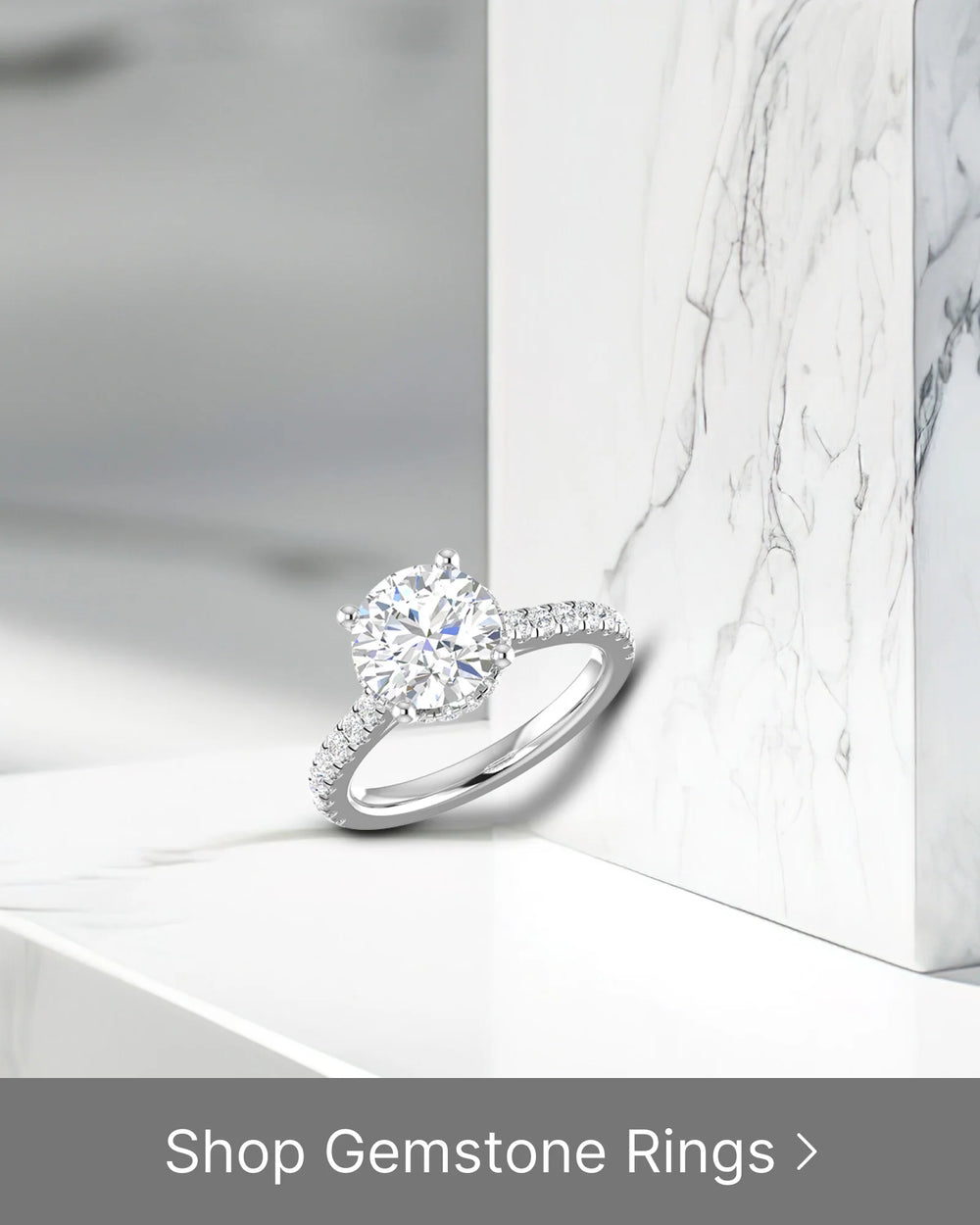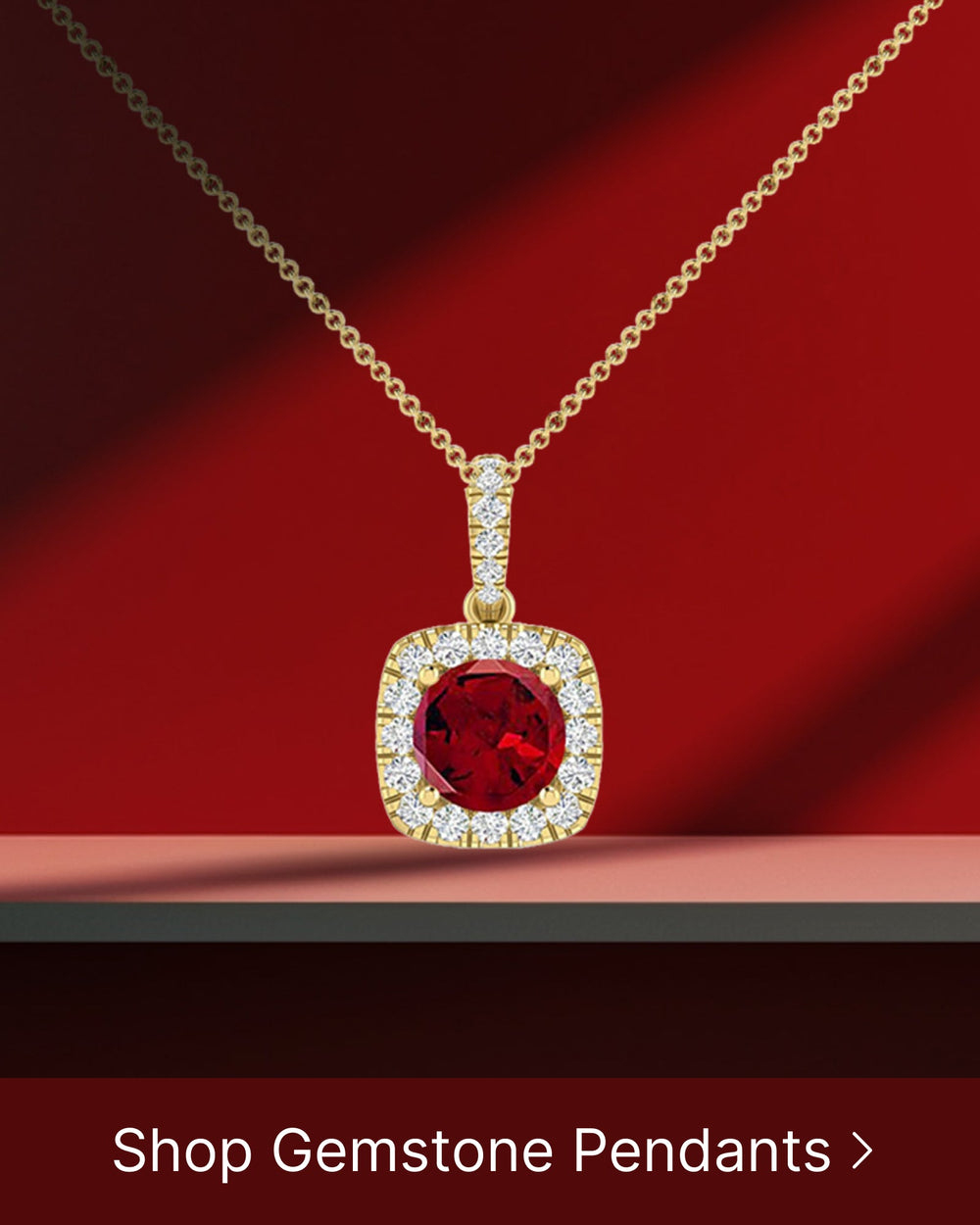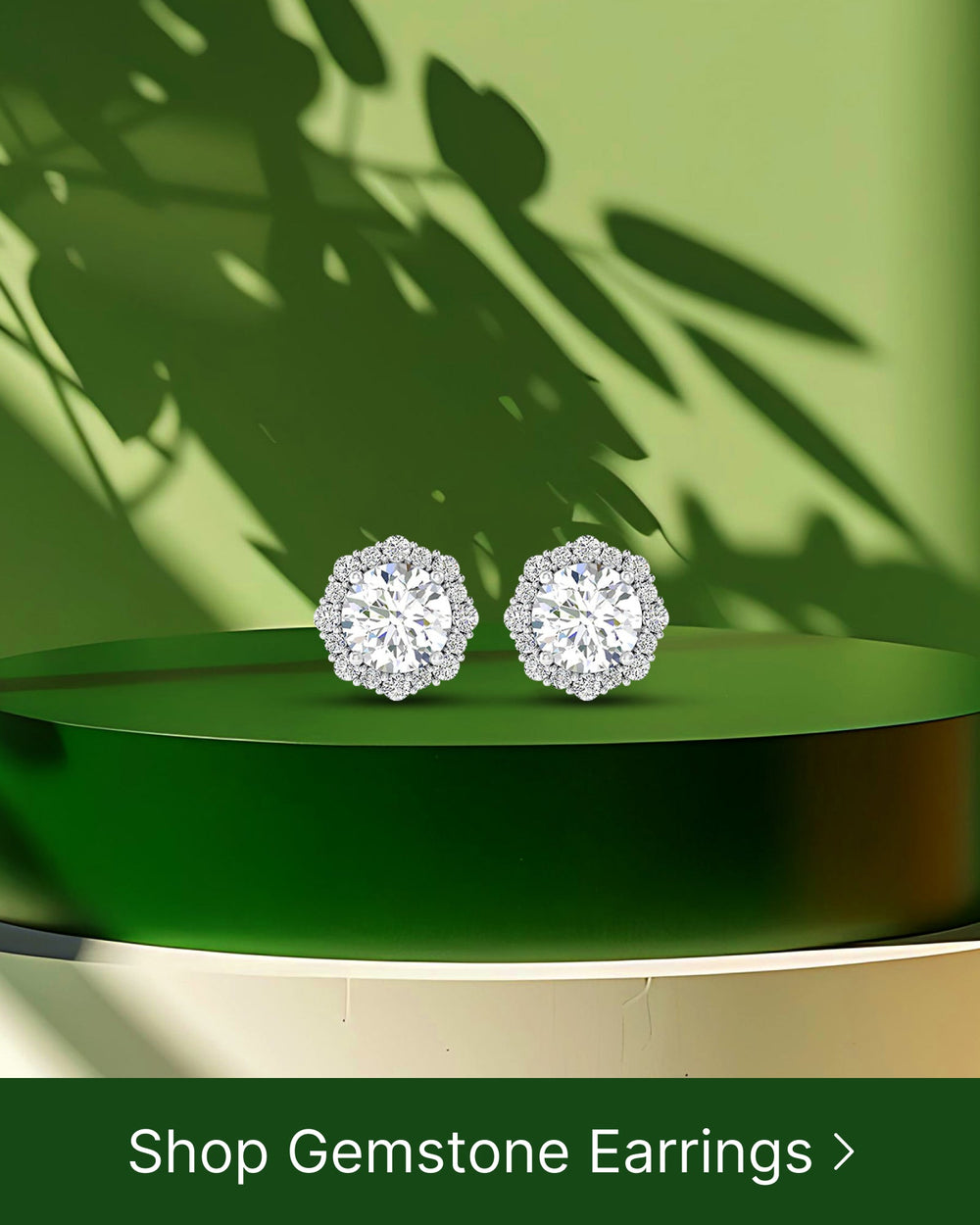When it comes to diamond rings, there are a variety of terms used to describe different styles and eras. Two such terms that are often used interchangeably are "antique" and "vintage." However, these terms actually have distinct meanings and characteristics. To truly understand the differences between antique and vintage diamond rings, it's important to delve into the terminology and historical context associated with each.
Understanding the Terminology: Antique and Vintage
Before delving into the specifics of antique and vintage diamond rings, it's crucial to define the terminology used. By understanding the terms, we can gain insight into the unique qualities that each type of ring possesses.
Antique and vintage diamond rings hold a special place in the world of jewelry, captivating enthusiasts with their timeless beauty and historical significance. These rings are not just pieces of adornment; they are windows into the past, reflecting the craftsmanship and design aesthetics of bygone eras.
Defining Antique Diamond Rings
An antique diamond ring is typically categorized as a piece of jewelry that is more than 100 years old. These rings often showcase intricate craftsmanship and design elements that reflect the time period in which they were created. Each antique diamond ring tells a story, carrying with it the whispers of the past.
Imagine holding an antique diamond ring that was worn by a noblewoman during the Victorian era. As you examine the delicate filigree work and the intricate details of the ring, you can't help but feel a connection to a bygone era. Antique diamond rings not only serve as stunning pieces of jewelry but also as tangible links to history.
Defining Vintage Diamond Rings
While antique rings refer to those over a century old, vintage diamond rings are generally considered to be between 20 to 100 years old. These rings capture the essence of a particular era and exhibit unique design characteristics that were popular during that time. Vintage diamond rings are sought after for their nostalgic appeal and the timeless elegance they exude.
Picture yourself wearing a vintage diamond ring from the Art Deco period. The geometric shapes, bold colors, and clean lines of the ring perfectly embody the spirit of the Roaring Twenties. Vintage diamond rings allow us to relive the glamour and sophistication of past decades, adding a touch of history to our modern lives.
When it comes to antique and vintage diamond rings, each piece is a work of art, meticulously crafted by skilled artisans who poured their heart and soul into their creations. These rings are not just symbols of love and commitment; they are tangible reminders of our rich cultural heritage.
The Historical Context of Antique and Vintage Rings
Understanding the historical context in which antique and vintage diamond rings were created provides valuable insights into their design elements and overall aesthetic.
Antique and vintage diamond rings offer a glimpse into the rich history of jewelry design, showcasing the craftsmanship and artistic expression of different eras. These rings serve as tangible artifacts, reflecting the cultural, social, and artistic influences of their time.
The Era of Antique Rings
Antique diamond rings often date back to eras such as the Victorian, Edwardian, or Art Deco periods. Each era is characterized by distinct design styles and influences, creating a diverse range of options for collectors and enthusiasts.
The Victorian era, spanning from 1837 to 1901, was a time of romanticism and sentimentality. Victorian rings were known for their intricate filigree work and symbolic motifs. These rings often featured delicate engravings, floral patterns, and sentimental messages hidden within their designs. The use of gemstones such as diamonds, sapphires, and rubies added a touch of elegance and opulence to these pieces.
Following the Victorian era, the Edwardian period emerged between 1901 and 1915. Edwardian rings embraced delicate lace-like designs and featured diamonds in platinum settings. The use of platinum allowed for intricate detailing and the creation of light, airy designs. Edwardian rings often incorporated filigree work, milgrain borders, and intricate scrollwork, reflecting the influence of the Belle Époque era.
The Art Deco period, which flourished from the 1920s to the 1930s, brought about a shift in design aesthetics. This era was characterized by geometric shapes and bold colors. Art Deco rings showcased intricate patterns, symmetrical designs, and vibrant gemstones. The use of contrasting colors, such as black onyx and diamonds, or emeralds and rubies, added a dramatic flair to these pieces.
The Era of Vintage Rings
Conversely, vintage diamond rings are associated with more recent periods such as the Retro or Mid-Century Modern era. These rings capture the essence of the post-war years, reflecting the changing tastes and styles of the time.
The Retro era, which spanned from the 1940s to the 1950s, was characterized by bold, chunky designs. Retro rings often featured large center stones, such as aquamarines or citrines, surrounded by smaller diamonds. The use of yellow gold was prominent during this era, adding warmth and a sense of glamour to the designs. These rings exuded a sense of confidence and extravagance, reflecting the optimism and prosperity of the post-war period.
In contrast, the Mid-Century Modern era emerged in the 1950s and continued into the 1960s. This period embraced clean lines, minimalistic designs, and a focus on functionality. Mid-Century Modern rings often featured sleek bands, showcasing the beauty of simplicity. The use of white gold or platinum was prevalent, allowing the diamonds to take center stage. These rings reflected the influence of modern art and architecture, with their clean and understated elegance.
Whether antique or vintage, each era of diamond rings tells a unique story, reflecting the cultural and artistic influences of its time. These rings serve as a testament to the craftsmanship and creativity of the jewelry designers who brought them to life. Exploring the historical context of antique and vintage rings allows us to appreciate the beauty and significance of these timeless pieces.
Key Characteristics of Antique Diamond Rings
Antique diamond rings possess distinct characteristics that set them apart from their vintage counterparts. These characteristics encompass both the overall design elements as well as the specific cuts and settings used for the diamonds.
Design Elements in Antique Rings
Antique diamond rings often showcase intricate detailing and ornate designs. From delicate filigree work to engravings and milgrain borders, these rings exhibit craftsmanship that is unparalleled. The focus on intricate details results in rings that are full of character and Victorian or Edwardian charm.
Diamond Cuts and Settings in Antique Rings
The diamond cuts and settings used in antique rings are a testament to the craftsmanship of the era. Common diamond cuts in antique rings include the Old Mine Cut and the Old European Cut, both of which possess a unique sparkle and charm. Additionally, antique rings often feature bezel or prong settings that enhance the beauty of the diamonds while providing a secure and timeless mounting.
Key Characteristics of Vintage Diamond Rings
Vintage diamond rings, although not as old as antique rings, offer their own distinct aesthetic and charm. By highlighting the key characteristics, we can gain a deeper understanding of the appeal of vintage rings.
Design Elements in Vintage Rings
Vintage diamond rings embrace a wide range of design elements, often influenced by the prevailing styles of the era. From bold geometric shapes and intricate patterns to asymmetrical arrangements and use of colorful gemstones, vintage rings capture the essence of the period in which they were created. These rings stand out for their unique and daring designs.
Diamond Cuts and Settings in Vintage Rings
Vintage diamond rings feature a variety of diamond cuts and settings. Popular cuts include the Round Brilliant Cut, which became increasingly favored during the Retro era, and the Emerald Cut, which was prevalent during the Art Deco period. Vintage rings can be found with different types of settings such as pave settings, channel settings, or bezel settings, each contributing to the overall aesthetic and craftsmanship of the ring.
Evaluating the Value of Antique and Vintage Rings
When considering the value of antique and vintage diamond rings, several factors come into play. By examining these factors, one can make informed decisions when buying or selling these exquisite pieces of jewelry.
Factors Influencing the Value of Antique Rings
The age, rarity, and craftsmanship of antique diamond rings greatly impact their value. Rings from specific eras, such as the Victorian or Edwardian periods, are highly sought after by collectors and enthusiasts. Additionally, the condition of the ring and the quality of the diamond(s) play a significant role in determining its worth.
Factors Influencing the Value of Vintage Rings
For vintage diamond rings, factors such as the era, design uniqueness, and market demand contribute to their value. Retro rings, for instance, are particularly sought after for their nostalgic charm and bold designs. The quality of the gemstones used and the overall condition of the ring also influence its value.
In conclusion, while antique and vintage diamond rings may be used interchangeably at times, they differ significantly in terms of age, design elements, and historical context. Antique rings captivate with their intricate craftsmanship and rich history, representing eras such as Victorian, Edwardian, or Art Deco. Vintage rings, on the other hand, reflect more recent periods like Retro or Mid-Century Modern, boasting unique and bold designs that speak to the prevailing trends of their time. Understanding the distinctions between these two categories allows for a deeper appreciation of their beauty and provides valuable knowledge when choosing the perfect diamond ring.







